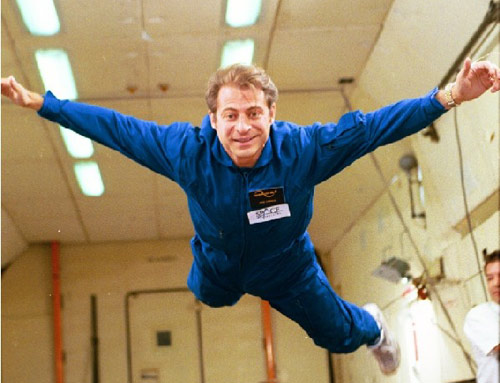Riding the Wave or Being Knocked Over?
Have you thought about how fast things change and how really different things have become with how you work and live? Think about the companies that you use every day that didn’t even exist ten years ago. Think about how you use your smartphone today and access Facebook. How different, both good and bad, was your life back then?
Consider all this from a business perspective. What new companies have appeared or disappeared because of a new innovative idea? Things move so rapidly! A company can go from zero to hero in a flash, but one can also go from kingpin to trash bin in the blink of an eye. What happened to MySpace, and what is occupying that building near you that was once Blockbuster?
 The point is that technology and connectivity are changing the world so fast that items and companies we consider staples, such as Google and Facebook, may not even be around in 5 or so years. I recently read a Forbes article that shared a perspective on this topic.
The point is that technology and connectivity are changing the world so fast that items and companies we consider staples, such as Google and Facebook, may not even be around in 5 or so years. I recently read a Forbes article that shared a perspective on this topic.
According to the article, companies in the early years of the web 1.0 like Yahoo, Amazon, or Google didn’t see the social aspects of web 2.0. Now in web 3.0, the social companies have not adapted to the current world of the Smartphone.
Will Google face a challenge as better ways to search on smartphones appear? Will Amazon and Facebook keep up as more people use their phones to shop and connect instead of the desktop? Which one of these companies will be hit by a new idea brewing up in the garage right now?
Is there an opportunity for you in this space? If mobile can disrupt Google and Facebook what can it do to your business?




